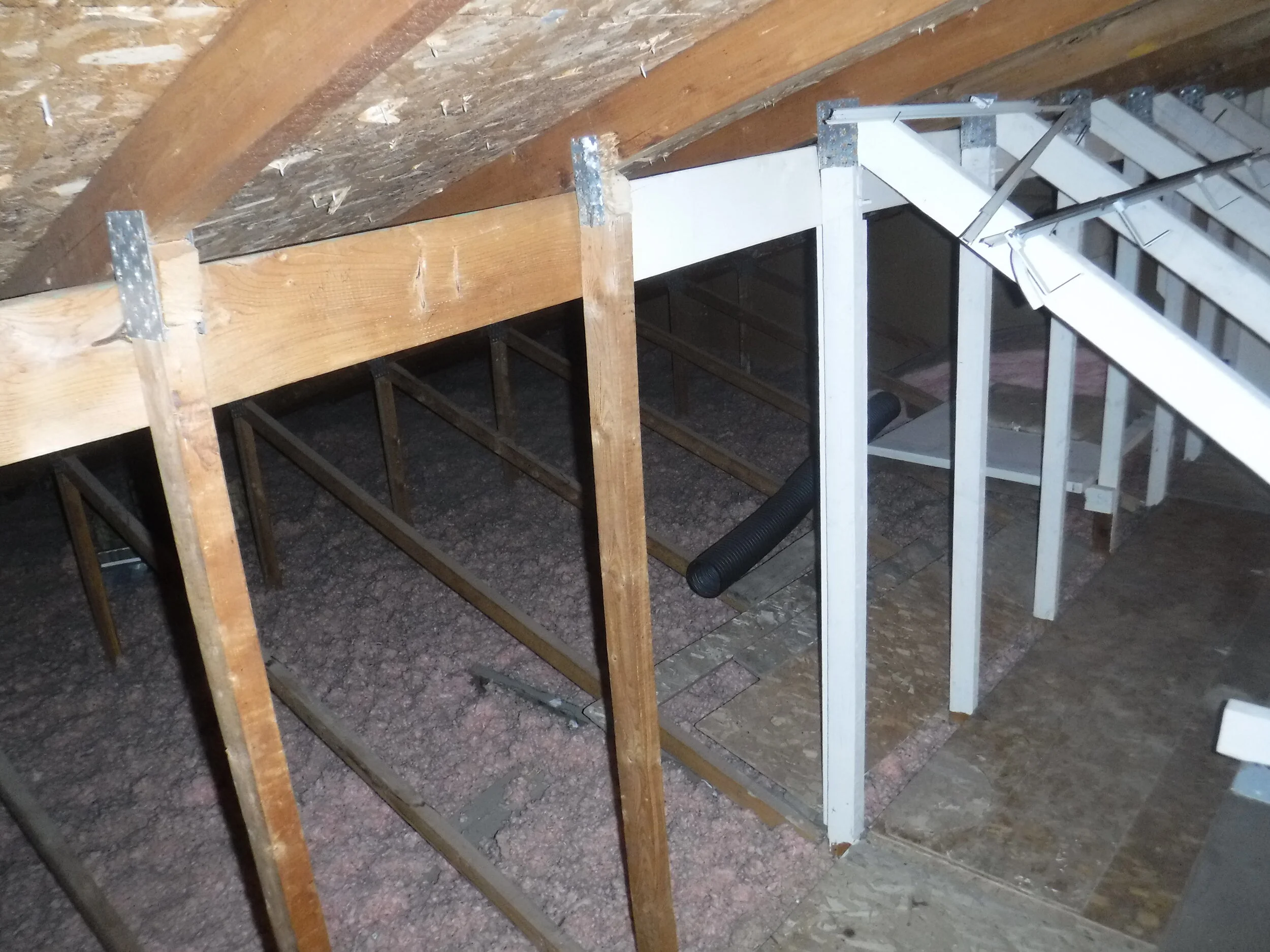For most people, a home is the most expensive purchase they will ever make. Many people recognize that a home inspection can be invaluable to help ensure they aren’t going to get any nasty expensive surprises when they move into their home.
However, I often get requests for a shorter, cheaper inspection service generally referred to as a ‘walkthrough inspection.’ As it is not a home inspection by definition, I’ll refer to it as a ‘walkthrough’ from now on. What’s the difference?
A home inspection is a detailed non-invasive examination of the condition of a home and any readily-accessible components and areas. A typical home inspection will take 2-3 hours depending on the complexity and condition of the home. The fee for home inspections are typically $400 - 800 depending on the size of the home, the pricing structure of the inspector and the various services being performed at the time of the inspection. The inspector prepares a report and delivers it to the client at the end of the inspection or shortly thereafter.
A walkthrough would take less than an hour and would consist of the inspector verbally describing their impressions of the home to the client and pointing out any obvious issues. It would not include an inspection of the attic, any crawlspaces, inside electrical boxes or other access panels, or close-up look at the roof. After the walkthrough, there is typically no report provided outlining the inspector’s findings, so the buyer is relying on their own notes or memory.
Ant infestation found at rim joist on home inspection. This would have been missed with a walkthrough.
Reasons for a Walkthrough
Spoiler alert: they aren’t good reasons to forgo a proper inspection.
A buyer doesn’t quite understand the difference between an inspection and a walkthrough and why a full inspection is necessary. They don’t realize how much can be seen and understood about the condition of the home by inspecting in the areas not reviewed during a walkthrough. When they don’t know the difference, they don’t see the value of paying much more for the inspection. Their realtor will hopefully play a role in helping educate the client on this point.
A buyer feels that the house is in good shape and they just want a quick second opinion. In this case, the issue remains that the most important parts of the home will go unseen and nasty surprises may arise after closing.
A buyer feels they can’t afford a full inspection so they opt for the ‘next best thing.’ Unfortunately, if they truly can’t afford the inspection, they won’t be able to afford the inevitable costs of home-ownership. Especially considering the surprises that might have been missed without a full inspection.
Incidentally, in the past week I have found two attics with significant moisture and organic growth (possible mould) as well as some unsafe splicing of aluminum and copper wiring. None of this would have been found during a walkthrough.This leaves us with the most understandable reason to consider a walkthrough:
The buyer is facing a multiple offer situation. They are one of many competing for the same house. If they have a condition of inspection, they may be ignored as the seller may opt to work with the offer that has no conditions. In a seller’s market this is common. They may consider a walkthrough during a standard showing with the idea that it’s better than nothing at all. However, they still have the issue of having spent money on a service that won’t reveal issues in many key areas of the home.
Hopefully it’s clear that a walkthrough is really a subpar option in any of these cases. Fortunately there is a solution to the difficulty with a home inspection clause when there are multiple offers:
A pre-offer inspection!
Also known as a pre-inspection, this service is exactly the same as the home inspection you would have as a condition of an accepted offer. The only difference is that you already know the condition of the home before you put the offer in. It’s a win/win. The seller receives an offer with one less condition, and you get to submit an offer with a more fulsome knowledge of the house. Or, if a significant issue is found, you are able to walk away and find a different house.
Of course, there is a risk to a pre-inspection. What if you spend the money on the inspection and your offer is rejected anyway? The only solace is that it’s a little bit like insurance. It’s something we buy that often doesn’t get used, but we are sure glad we have it when we need it.
What’s that? That’s still an unsatisfying answer to the risk of a pre-inspection? Well, as your friendly neighbourhood home inspector, I understand. If you hire me for the pre-inspection and make an offer that does not get accepted by the seller, you will get a 20% discount on the inspection of the next home you find.
While this article ended up being a sales pitch for a pre-offer inspection service, the primary goal is to caution you against a walkthrough. You will likely be able to find a service provider to offer one, but as a home inspector, I refuse to do walkthroughs.
Raccoon track that was only found on a full home inspection
Why I don’t do Walkthroughs
The service is not being done to an accepted standard. As a member of OntarioACHI, I am performing my inspections in accordance with the CSA standard for home inspections. There is no standard for walkthroughs.
I may not be insured in the event of a dispute after the fact. With a normal home inspection, We have a signed contract, an inspection standard, and written report to protect all parties. Most or all of those elements are absent from the walkthrough transaction leaving everyone more exposed.
I simply don’t want to offer a substandard home inspection service. If we are taking the time to be in the home, let’s look at everything.
At the risk of sounding biased, get the full home inspection by a qualified home inspector.
As always, if you have any questions or would like to discuss an inspection, please contact me, Jason Cherry, at Cherry Home Inspections.
These trusses were cut to make room for attic space without consideration to the major structural weakening. This was only found because my clients wanted a full home inspection.




